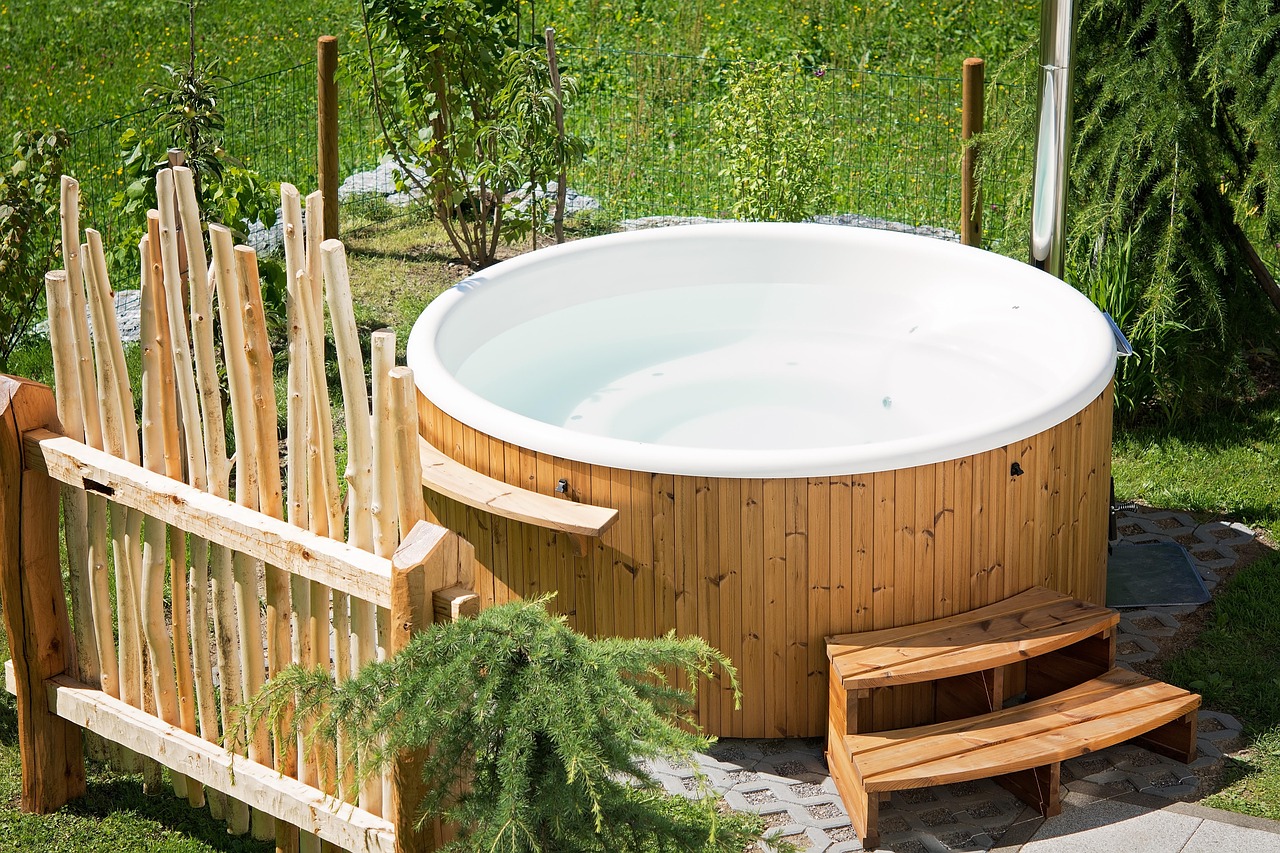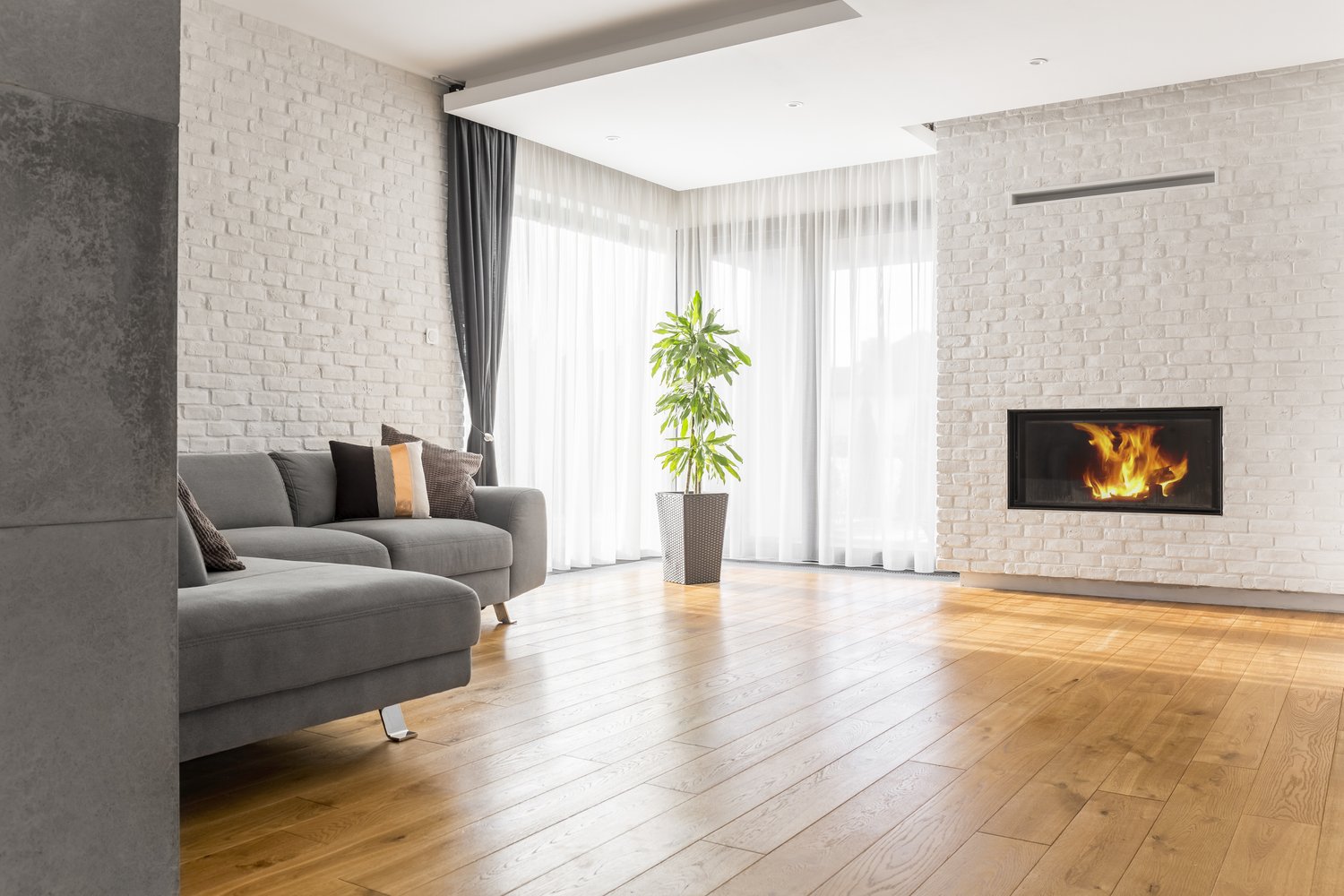Maintaining clean, balanced hot tub water is essential for both your health and the longevity of your spa. This comprehensive hot tub water care guide outlines the fundamentals of proper water chemistry, explaining the critical roles of sanitizers like chlorine and bromine, pH levels, alkalinity, and calcium hardness. By following this straightforward approach to testing and balancing your spa water, you’ll enjoy a safer, more comfortable soaking experience while protecting your investment from potentially costly damage caused by improper maintenance.
Understanding Water Chemistry Basics
The foundation of effective hot tub water care lies in understanding a few key chemical parameters. Many hot tub owners feel overwhelmed when looking at a balance hot tub chemicals chart for the first time, but the basics are quite manageable. Water chemistry in your spa revolves around four main components: sanitizer levels (chlorine or bromine), pH balance, total alkalinity, and calcium hardness. Each element plays a distinct role in keeping your water clean, clear, and comfortable. When these elements remain in their proper ranges, your hot tub water stays safe for use and non-corrosive to your equipment. Regular testing and adjustments ensure these parameters remain within optimal levels, preventing issues like cloudy water, skin irritation, or equipment damage.
Choosing and Using Testing Spa Water Strips
Testing your hot tub water should become a weekly ritual in your maintenance routine. Testing spa water strips provide a simple and efficient method for monitoring your water chemistry. These multi-parameter strips typically change color when dipped in spa water, allowing you to compare the results against a color chart to determine various chemical levels simultaneously. When using test strips, ensure your hands are clean and dry before handling them. Dip the strip into the water for the recommended time (usually about 15 seconds), keeping it in motion rather than remaining stationary. Once removed, hold the strip level without shaking off excess water, and compare each color pad to the provided chart after the specified development time. This testing ritual should be performed at least twice weekly for frequently used hot tubs, with additional testing after heavy use or rainstorms.
Sanitizer Systems: Chlorine vs. Bromine
Sanitizers form the frontline defense against bacteria and contaminants in your hot tub. The two most common sanitizers are chlorine and bromine, each with distinct advantages. Chlorine works quickly to kill bacteria and oxidize contaminants, making it effective for quick treatments. It’s generally less expensive than bromine but can be harsher on sensitive skin and more volatile at high temperatures. Bromine, on the other hand, tends to be more stable in hot water and works more effectively across a wider pH range. Although slower to establish initial protection, bromine continues working longer than chlorine, making it particularly suitable for hot tubs. Whichever sanitizer you choose, maintaining proper levels is crucial—typically 3-5 ppm for chlorine and 2-6 ppm for bromine. Experts at AskHomey recommend selecting the sanitizer that best matches your usage patterns and sensitivity considerations.
Balancing pH and Total Alkalinity
The pH level of your hot tub water significantly impacts both user comfort and equipment longevity. Ideally, hot tub pH should be maintained between 7.2 and 7.8, with 7.4-7.6 being the sweet spot. Water that’s too acidic (low pH) can cause eye and skin irritation while corroding metal components. Conversely, high pH water can lead to scaling, cloudy water, and reduced sanitizer effectiveness. Total alkalinity acts as a pH buffer, preventing rapid fluctuations in acidity. Aim to keep total alkalinity between 80-120 ppm. When balancing your hot tub, always adjust alkalinity first, as this will help stabilize pH levels. Regular adjustments using pH increasers or decreasers should be made in small amounts, allowing the water to circulate completely before retesting and making further adjustments.
Managing Calcium Hardness
Calcium hardness represents the amount of dissolved calcium in your hot tub water. While often overlooked in basic hot tub water care maintenance routines, it plays a crucial role in protecting your equipment. Water with too little calcium (soft water) can become aggressive, potentially corroding metal components and etching acrylic surfaces. Conversely, excessively hard water leads to scaling, cloudy water, and decreased heater efficiency. Maintain calcium hardness between 150-250 ppm for most acrylic hot tubs. Unlike other parameters that require frequent adjustments, calcium hardness typically needs attention only when refilling your hot tub or during quarterly maintenance checks.
Creating a Maintenance Schedule
Consistency is key to simplified hot tub water care. Develop a regular maintenance schedule incorporating daily, weekly, and monthly tasks to keep your water pristine. Daily tasks might include a quick visual inspection and running the circulation system. Weekly maintenance should involve testing water parameters with spa water strips and making necessary adjustments. Monthly tasks include deeper cleaning of filters and a more comprehensive water balance check. By establishing a routine, you’ll catch potential issues before they become problems, ensuring your hot tub remains ready for use whenever relaxation calls.
For more tips and to connect with reliable home service professionals, follow AskHomey on Facebook and Instagram.



